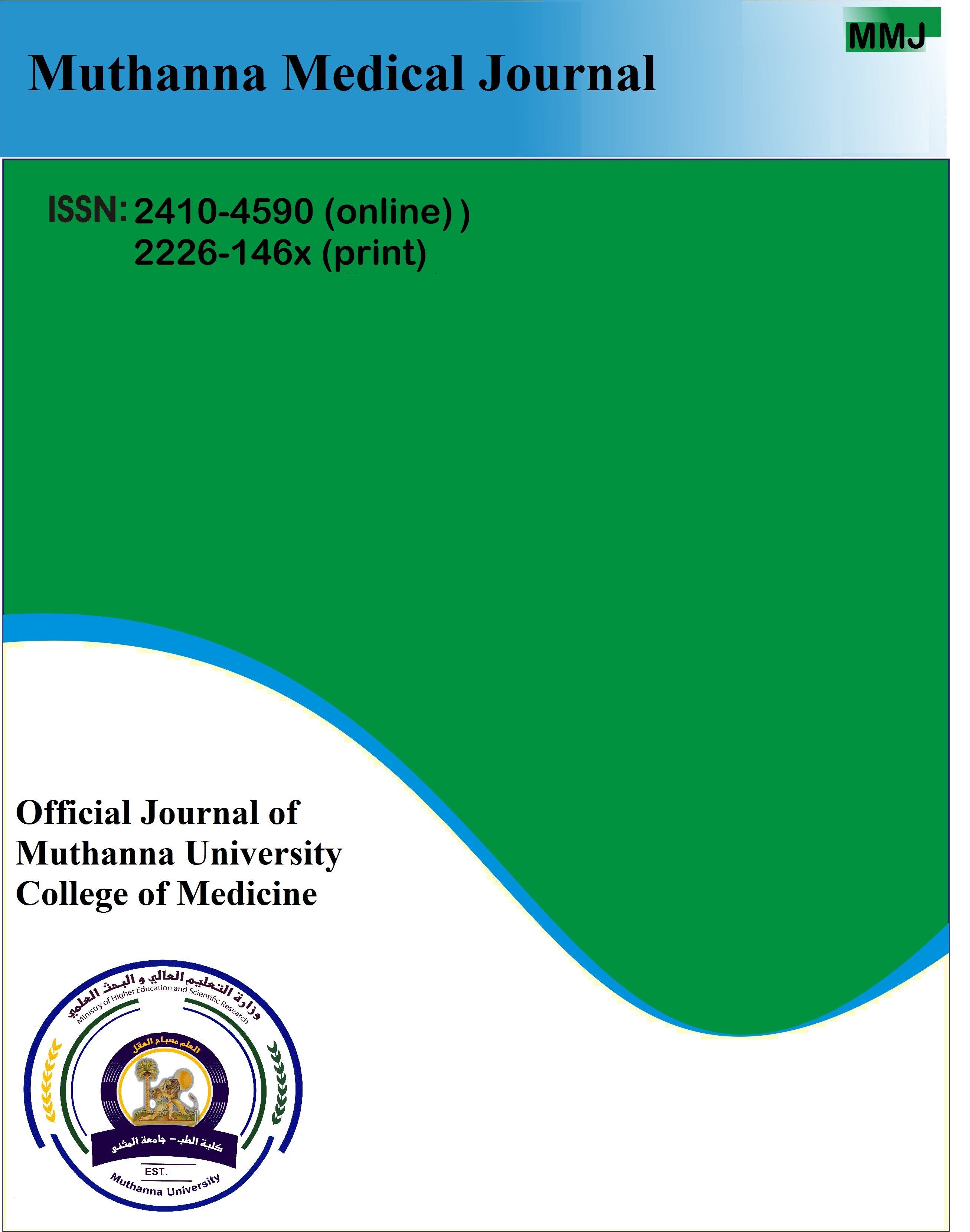Muthanna Medical Journal
Ahmed Talib Abdulkarem 1,Shaimaa M.S. Zainulabdeen 2 , Saif Mazeel Abed 3
Copyright © 2023 Zainulabdeen, et al. This is article distributed under the terms of the Creative Commons Attribution License http://creativecommons.org/licenses/by/4.0), which permits unrestricted use, distribution, and reproduction in any medium, provided the original work is properly cited
Abstract
Urinary tract infections [UTIs], a significant public health concern, can be brought on by a wide variety of bacteria, including Escherichia coli, Proteus mirabilis, Enterococcus faecalis, Klebsiella pneumoniae, and Staphylococcus saprophyticus. The high recurrence rates and evolving antibiotic resistance of uropathogens constitute a serious threat to the financial burden of these disorders. Pathogens in urine can be detected using a variety of diagnostic approaches, which are broadly divided into laboratory-based and point-of-care [POC] detection methods. Many research institutions and companies working in this subject have strived to establish a rapid and accurate pathogen identification because traditional approaches may be time-consuming. The indications and symptoms are further divided into the following three groups: General signs and symptoms like fever; lower urinary tract symptoms including urgency, frequency, and dysuria; and non-specific signs and symptoms such as nausea and malaise. Additionally, the prevalence of UTIs brought on by multidrug resistance [MDR] is rising, which has a considerable negative impact on the propagation of antibiotic resistance as well as the financial burden of these infections.
Keywords: UTI, Iraq, Different diagnostic, Multidrug resistance